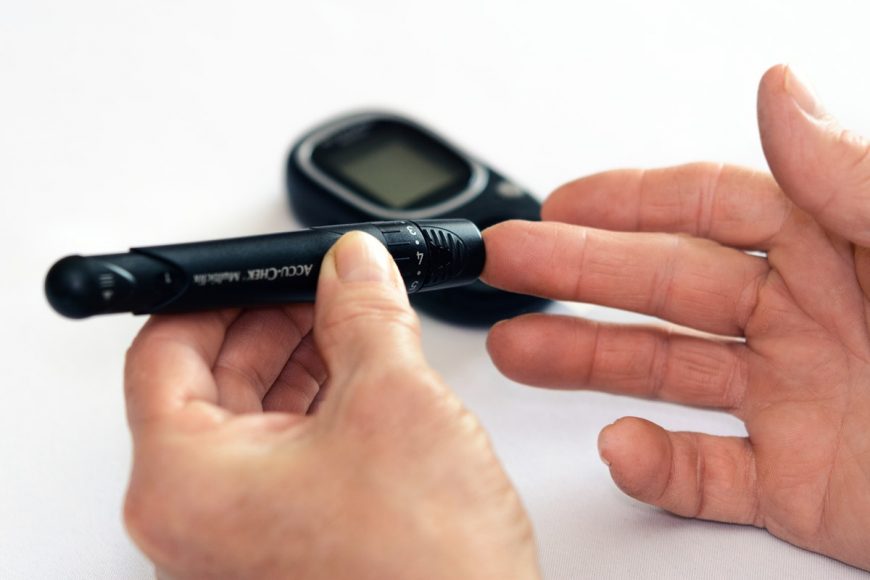The most common and confusing factors related to blood sugar levels is the normal, prediabetic and diabetic values. The fasting blood sugar/glucose levels are said to be normal if it is below 100mg/dl. Fasting blood sugar levels greater than 126mg/dl refers to Diabetes. Many people are confused regarding the values of the transitory phase. Between 101 to 125mg/dl it is known as impaired fasting glucose. Other than fasting blood sugar levels, Postprandial (after meal) sugar levels are also a key unit in monitoring blood glucose levels. If your postprandial blood sugar levels are less than 140mg/dl it is considered to be normal, if it is between 141 to 199mg/dl it indicates impaired glucose tolerance. Postprandial blood glucose levels more than 200mg/dl are a clear cut indication of Diabetes Mellitus. Now, both impaired fasting glucose and impaired glucose tolerance are together known as Prediabetes. That is these values indicate the prediabetic stage. During Pregnancy, it is desirable for women to keep their fasting sugar levels between 60 – 90mg/dl and Post Prandial levels between 90-120 mg/dl.
Blood Sugar level monitoring –
Blood glucose/ blood sugar level monitoring is critical to guide insulin, medication and behavioural adjustments with regards to diet and exercise in people with Diabetes on a day-to-day and meal-to-meal basis. Blood sugar level data provided by the patients are used to make decisions about the following –
• Sufficiency of the dose and timing of the medications, especially insulin
• Exercise
• Diet
Tips and tricks for blood sugar level monitoring –
• Set targets – Based on the patient’s needs and requirements, Glycemic targets are set. Factors such as when to check, frequency of checking, recording the data and how to interpret the data should form a part of the comprehensive medical management program.
• Structured blood glucose data and other information – Along with blood glucose recordings, the patient should keep track of the factors which may affect the glucose levels and assist the diabetes care team in unfolding a range of information from the out of range readings. These include information such as –
- Food Intake
- Insulin doses and other oral Diabetes medications
- Physical Exercises
- Emotional stress
- Illness
Information should be recorded in a way that is easy to understand the deviations in regular blood glucose patterns. For this, either pen-paper can be used or various softwares of smartphone-based applications can be used. Many meters today can automatically transfer the data from the device to mobile devices or computers
• Learn to interpret the blood glucose data – The glucose meter readings should be collected and periodically reviewed, at each phase of the day such as before breakfast, after breakfast, before lunch, etc. If a number of readings are outside the target range, it should be discussed with the health care team to make adjustments in the lifestyle or pharmacological therapy.
• Make the Blood sugar measurement convenient and painless – Patients can keep a backup glucose meter so that it is convenient to measure blood sugar levels. The blood sugar level measurement can be made as painless as possible by following steps –
- Use a new lancet for each blood glucose check
- Use the thinnest lancets possible and change them regularly
- Use a device that has an adjustable tip and set it for the lowest setting that still produces a sufficient blood drop
- Poke the side of the fingertip instead of the end or the middle; alternate the fingers instead of repeatedly using the same finger
- Consider obtaining blood samples from an “alternate site” especially if you have painful upper-extremity neuropathy
When to check Blood sugars?
Self Monitoring of Blood Glucose (SMBG) plays a key role in better blood glucose control and timely therapy modifications. Depending on the type of therapy and individual specific needs, each patient’s monitoring schedule is customized.
• Patients using intensive insulin therapy – Patients who are on insulin pump or multiple daily injections, should check blood sugar levels at the given time –
- Before meals, snacks and bedtime
- Before exercise and driving
- Occasionally 1-2 hours after meals
- When low blood glucose is suspected, and during the recovery from low blood glucose
• Patients using basal or long-acting insulin –
- Fasting
- Bedtime
- Before any meals when rapid insulin is taken
- Periodically at other times of day(before meals, after meals, middle of the night)
• Patients taking premixed insulin once or twice daily –
- Fasting
- Before meals
- Occasionally 1-2 hours after meals
• Insulin users on medication therapy that can cause hypoglycemia –
- Fasting
- Periodically at other times of day including before meals, after meals, middle of the night
• Women with gestational diabetes, not using insulin –
- Fasting
- 1-2 hours after meal

